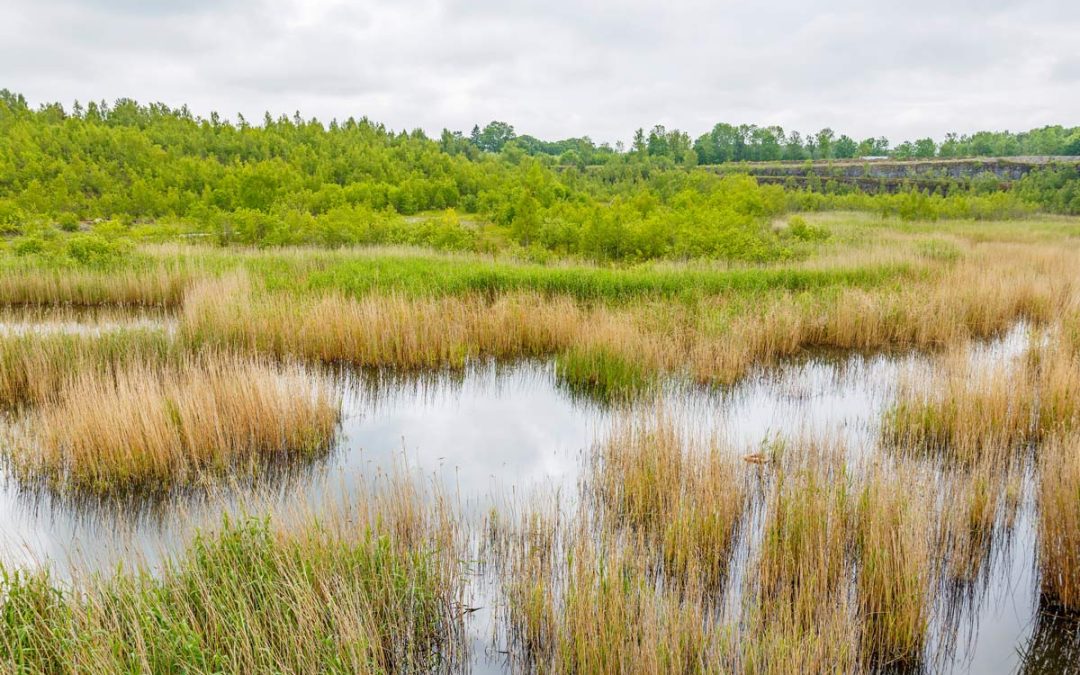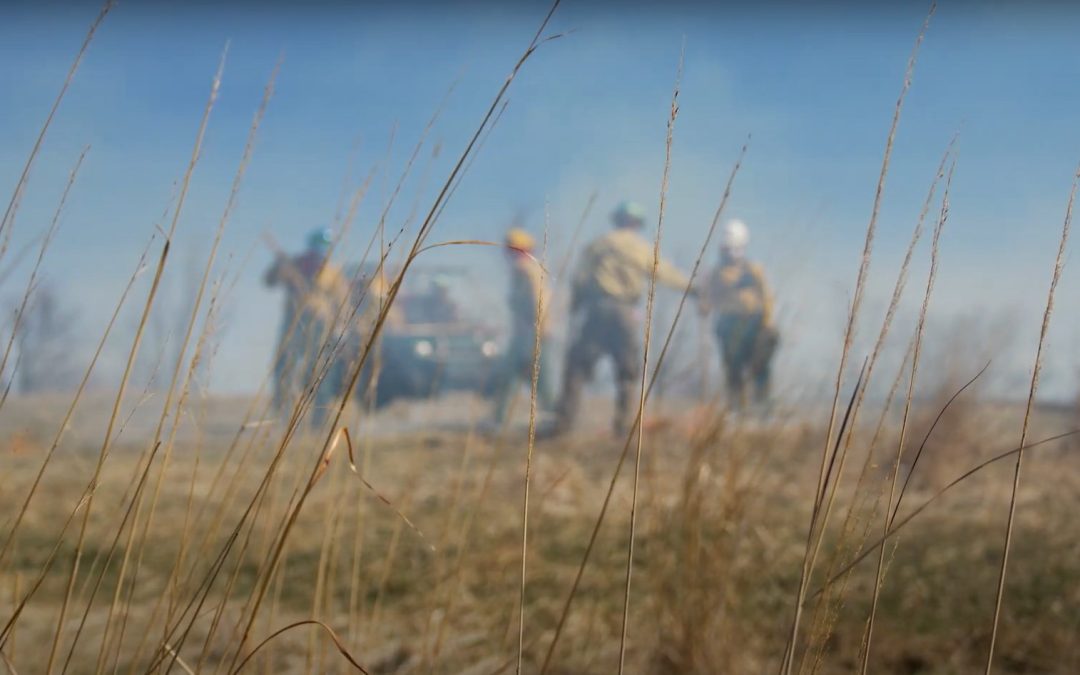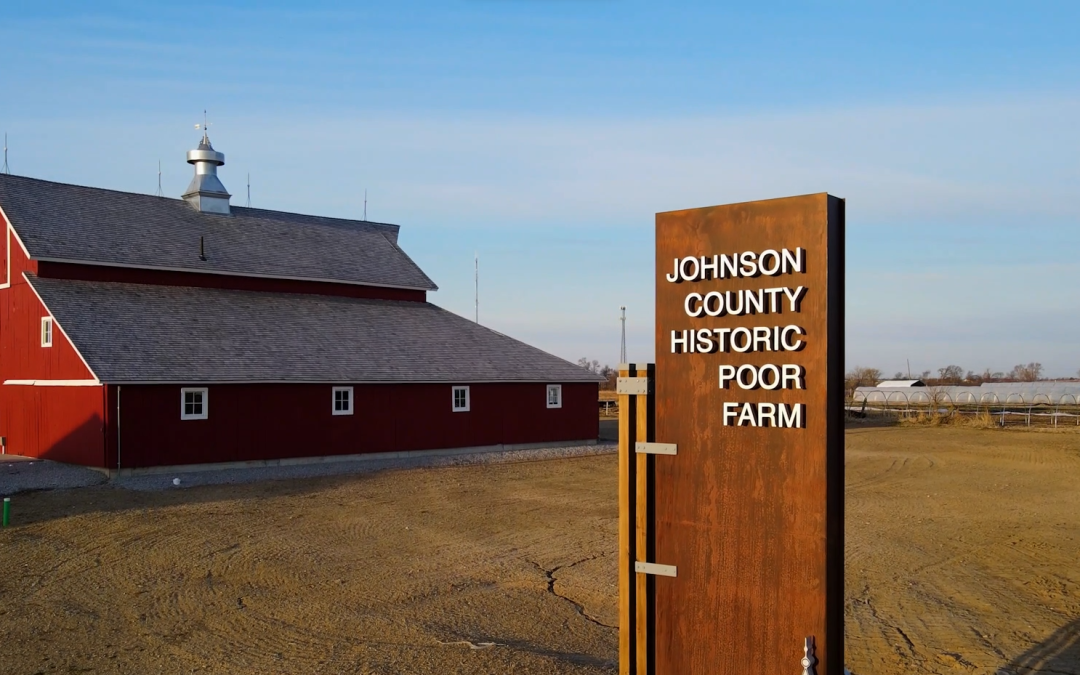The Iowa Energy Center (IEC) announced Thursday funding for 12 energy-related research grants totaling over $2.8M. Impact7G, in partnership with the City of Perry and Drake University, is grateful to have been selected for research aimed at developing a pilot-scale business model for monetizing soil carbon capture on photovoltaic (PV) solar energy farms.
Alliant Energy has moved forward with plans to install a 1-megawatt PV generating facility in Perry’s U.S. Environmental Protection Agency (EPA) Brownfield Program area. The brownfield, a former railyard that included a roundhouse was cleaned up under EPA’s voluntary Brownfield Program. Alliant Energy’s Customer-Hosted Renewables Pilot Tariff paved the way for this clean energy facility and the opportunity for the Iowa Energy Center-funded carbon capture quantification and business model research effort. The City of Perry will be providing approximately six acres of adjoining land over the three-year research period to be used for a comparable control group of sub-plots.
Following baseline soil carbon quantification, varying vegetated subplots beneath the 1-megawatt PV solar farm will be analyzed over a three-year period for variations in soil temperature, microbial activity, invasive species control, soil amendments, and other environmental characteristics to determine the potential carbon capture. Vegetation types could include pollinator-friendly species, native prairie plants, and a rye or legume mix. Improving carbon capture at solar farms could not only improve the environmental footprint of the area but also potentially lower the cost of electricity production through the monetization of verifiable carbon credits.
The pilot project also includes determining universally accepted protocols for carbon verification with participation and oversight by Drake University faculty and students in the Environmental Science Department. Students will receive hands-on field experience sampling soil and completing subsequent carbon analyses in Drake University laboratories. Importantly, the research team will assess the current and future market for carbon credits, including demand for voluntary carbon units (VCUs) by Fortune 500 Companies. The end product will be a publicly available geographic information system (GIS)-based business model for developers and solar energy farm owners to estimate and monetize the long-term, annually recurring soil carbon capture specific to their region.


